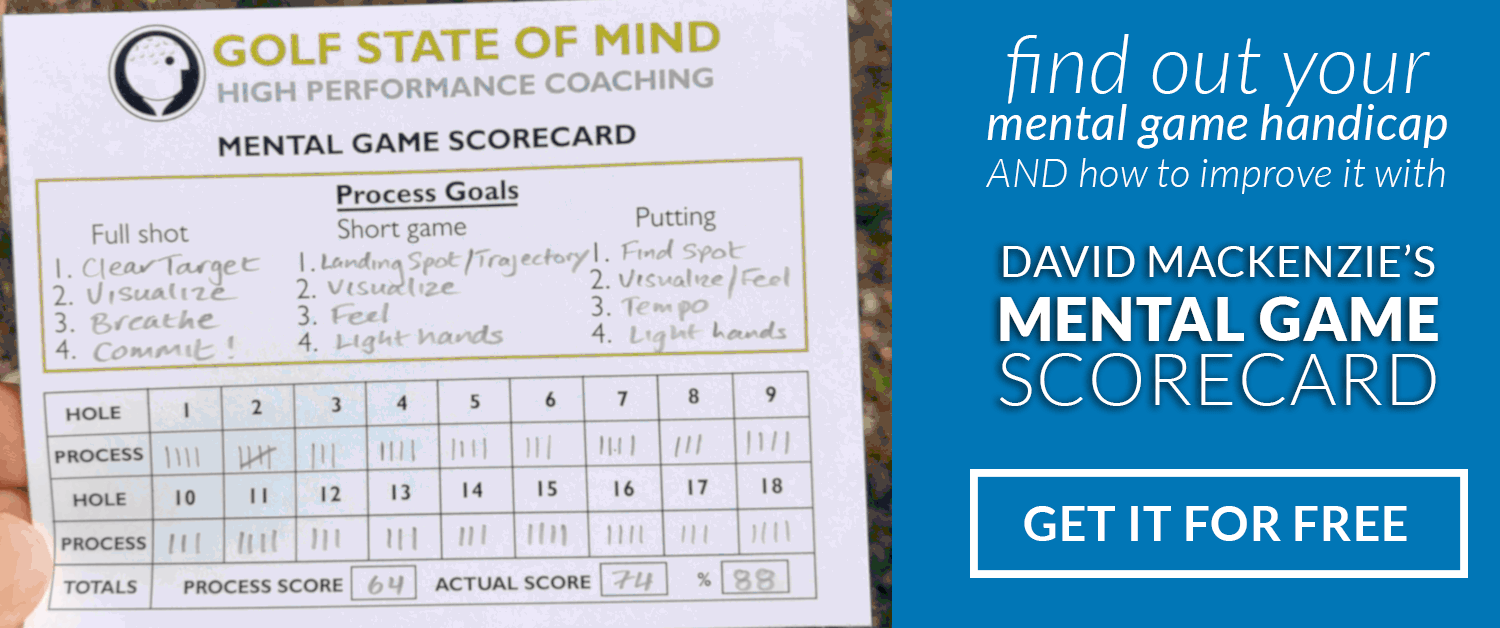
New Suggested Rules for the Recreational Golfer: On Bifurcation
Competitive or Recreational?
So what is golf for you: a competitive sport or a recreational game? Golf as sport is competitive, such as the professional tours, such as your weekend money match, such as your club championship. Ken Venturi’s father wanted his son to see golf as competitive and told him when he started out: Play quickly, and count every stroke. Play it as it lies. Play to win. Follow all the rules of golf, even calling penalties on yourself. Young Ken shot 172 his first time out at Harding Park in San Francisco. I’m sure Earl Woods told Tiger something similar, as did Deacon Palmer instruct Arnold, and Jack Grout told Jack Nicklaus. When you approach golf as a competitor, you play it as it was played in Tom Morris’s day, in Harry Vardon’s day, in Bobby Jones’s day, and Byron Nelson’s day. You play it according to the same rules of golf that all competitors play it by. You keep score. Every stroke.
Determine which rules of golf
But golf as a game is something fun you do on a Saturday afternoon with like-minded companions, whether friends or total strangers. With golf as a game, if your ball lands in a divot, you bump it out without reserve or penalty. You play winter rules all year round, whether it be in Palm Springs or Boston. Winter rules mean you can lift, clean, and place your ball, you can prop up your ball in the fairway to give yourself a preferred lie. It’s not traditional golf, but it’s more realistic for unskilled players who will never compete or even hold a handicap. It’s a way to keep them playing the game, and playing faster than they presently do.
Now I know some of you will take exception with what I’m writing here, but golf needs an infusion of new ideas and energy. Too many are dropping out or not even attempting to play. And when they do play, they play too slowly and without consciousness of those around them, much to the consternation of more skilled players who then think of dropping the game themselves. Courses do little to help the situation, only interested in those who come through the door with money in their hand. The current rules of golf and specs have mostly been designed for professionals and they don’t translate well to the weekend hacker who slows the game for all the other recreational players. Let’s take playing the ball as it lies, for example. The pros play on layouts manicured to perfection, far better than the public courses most of us play. These public courses are maintained poorly as a rule. Faced with poor lies, even in the fairway, unskilled amateurs have little hope of making a decent shot. This is not fun. Not fun, at all. And without golf being fun, what’s the point of playing? What motivated the founders of the game? Competition, yes. Betting, sure. But fun must have been at the core of their desire to do something with their free time. Certainly that was true of the Scottish nobles who were bored silly with all their money but no where to go and not much, save drink, to spend it on. Having fun was the main motive. Today, especially among us non-nobles, there are often better, more enjoyable, ways of spending five hours on any given day. So the average golfer, and even some pros who are getting older, give it up, and go fishing, or whatever they consider more fun, or relaxing, or productive, or ego enhancing, or meditative.
Decide before you playofficial rules of golf. As the pros do during practice rounds, they may play an extra shot if it doesn’t hold up play, perhaps with an old ball that doesn’t require taking time to find if mis-hit. People do this anyway now, so why not make it OK. There’s no loss of integrity or ethics since such a round is not competitive in any way. If the foursome, or even just two people in the group, decides the round is competitive, and that could be just for a beer at the end, they can declare what rules they will play by: preferred lies or play it as it lies, or winter rules, or pars only counted, or whatever. Since it is not an officially sanctioned event the rules can be modified by the players.
Of course in official competitions players would follow the rules of golf set up by those sponsoring the tourney, and this includes local rules peculiar to that particular course, such as Whistling Straits at the PGA Championship in 2010 where all sandy waste areas were defined as bunkers and clubs could not be grounded without penalty–the one where Dustin Johnson never got the memo posted all over the locker room and blew his chance at winning a major. Official handicaps would remain vital to such competitions. And they could be important to golfers who just want to measure their progress as they work towards improvement. So courses needn’t worry about losing too much business under these proposed changes. Even the Old Course at St. Andrews, golf’s original home, requires that players carry and use portable artificial mats to hit shots from the fairway to protect the fragile turf during winter months. Can a traditionalist post a handicap using such local rules on the most famous course in the world? I don’t know for sure, but I doubt it. What would Bobby Jones have said?
What these new rules do is legitimize and bring into the open what many golfers do already, on the sly. So when it comes time to compare scores at the 19th hole, a companion can openly point out to his friend who has scored lower, “Of course, I was playing by the official rules and you weren’t.” That places on the table what is usually a source of hidden contempt and irritation that is the current situation in informal competition.
So it brings choice into play among golfers who are playing the game for varying reasons. The weekend hacker no longer has to struggle with the rules of golf that are designed for an accomplished player. I do not believe this undermines the spirit of the game. On the contrary, flexible rules will bring more people into the game, further enriching the ball and club manufacturers, increasing demand for more and better designed golf courses (the five courses at Bandon Resorts are fine examples of making golf more fun while maintaining high standards), and making the game more appealing and faster to play.
Golf has evolved since it started and needs to continue to evolve to match the mores and needs of the current culture. These suggested rules allow individual recreational golfers to make a choice. The criteria are simple: Are you playing competitive golf or recreationally? With the former, you follow the established rules of golf. With the latter, you decide what rules you’ll follow.


